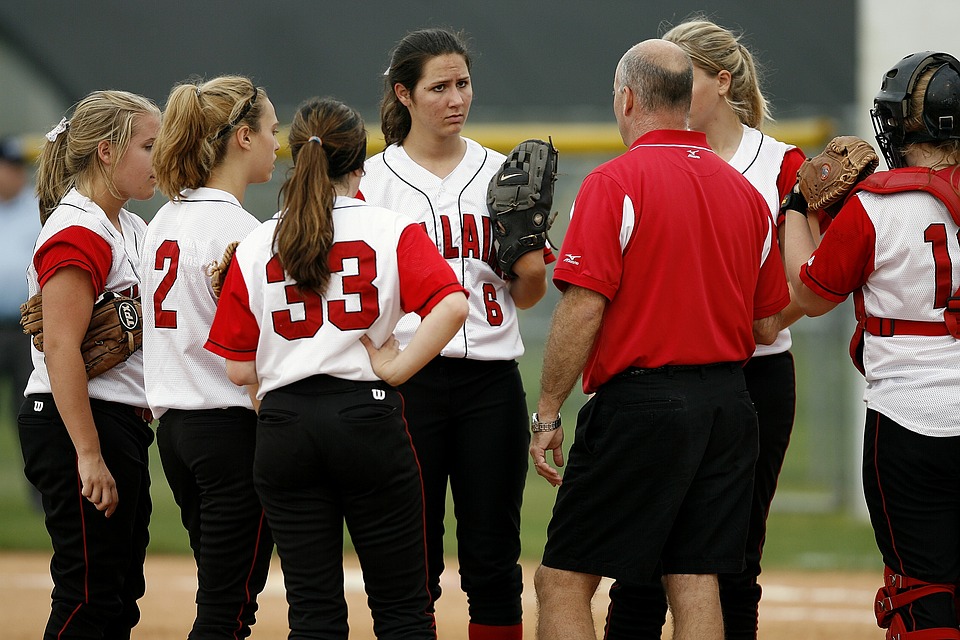Apr 25, 2018Connections Are Key
No matter how many years you have been working with athletes, or how much experience you have in the weight room, there is always room for coaches to grow. In a blog for Skill of Strength, Founder and Co-Owner Mike Perry, NSCA-CPT, USATF, USA-W, offers some insights on working with athletes that can help both veteran and new coaches excel.
His first tip is to learn how to teach each and every athlete the basic movements. Although many athletes enjoy being in the weight room and playing sports, there will be times where a player is struggling with injuries or is simply not motivated. Coaches need to take the time to work with these athletes and find ways to motivate them.
Not only are athletes motivated differently, but they also each have different learning styles. According to Perry, there are four categories of learning — visual auditory, reading and/or writing, and kinesthetic. Most athletes learn best through a combination of these, but knowing which work best can help them learn and excel faster. To help coaches understand these types of learning, Perry gives a description for each using the squat.
Visual Learner: Demonstrate the squat while at the same time explaining some coaching cues.
Auditory Learner: Walk your athletes through step-by-step instructions on how to squat. Make sure these directions are simple and clear.
Reading and/or Writing Learner: Write out a list of cues and instructions as bullet points and leave them in an easily accessible area, such as on a whiteboard. After teaching the squat, coaches could also give the athlete written instructions breaking down the exercise.
Kinesthetic (hands-on) Learner: Once your athlete understands the squat, replicate the correct position with various loads, intensity, and recovery time. According to Perry, this becomes even more important when you are correcting an athlete’s form and teaching them a new pattern.
Once you understand your athletes’ motivations and learning methods, the next step is to track every move that they make. This information includes their gains or areas where they may be struggling.
“Write everything down accurately,” writes Perry. “Record sets, reps, weights lifted, distance covered, power produced, recovery time, perceived rate of exertion, etc. This is a great way to stay organized, establish an appropriate baseline for programming purposes and prove (future) results to your [athletes].”
After a session, Perry emphasizes the importance of building a relationship with your players by following up with them. This can easily be done through a text, email, phone call, or even a message on social media. Taking this step can do a lot in showing that you care about each of your team members as more than just an athlete, but also as a person.
But don’t just send a message and leave it at that. Perry explains that many times athletes will share personal information with coaches, and they should make sure to listen. Knowing what is going on in your athletes’ lives outside of sports can help you to understand changes that you see during training. Perry also says that this information can help you to better train your athletes, as you will know when they are most stressed and need to back off in order to decrease the chances of injury.




